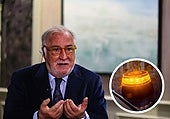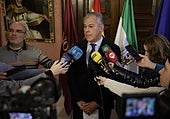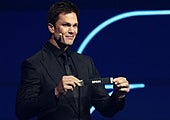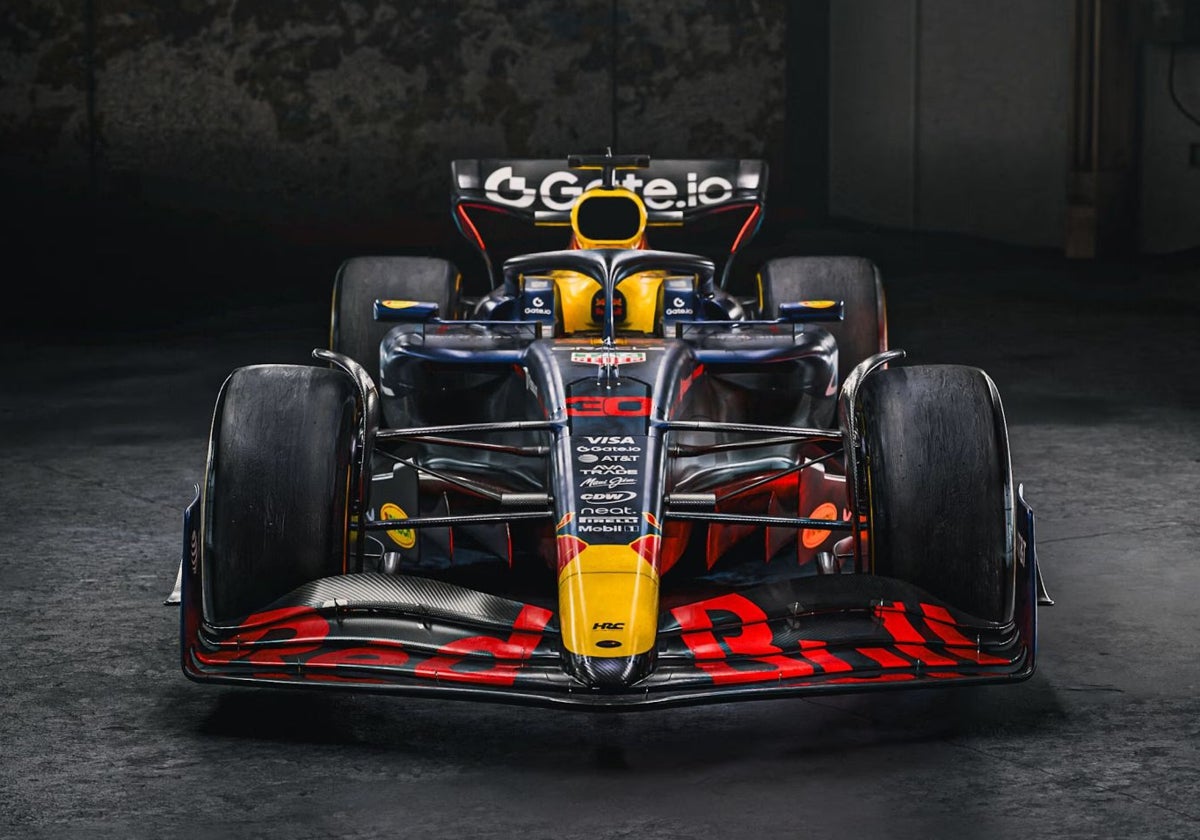The Transition from F1 to the Road
Juan Roig Valor
Thursday, 5 June 2025, 08:05
The relationship between innovation and competition is as old as motorsport itself. From its inception, making cars faster, more durable in 24-hour races, and the prestige of awards have all been used as selling points for car brands.
Originally, engineering advances were made in leaps and bounds, with every element scrutinised for optimisation. Propulsion, brakes, aerodynamics, materials... qualitative leaps first appeared in Grand Prix racing and then trickled down to road models.
One of the most recent examples is hybrid engines, introduced to competition in 2014. Until then, Formula 1 was dominated by powerful combustion engines with 12, 10, and 8 cylinders capable of reaching nearly 20,000 revolutions per minute. A decade ago, they transitioned to 6 pistons and an electric unit recharged by braking energy – KERS. In their current generation, these engines can develop 1,030 horsepower and reach 15,000 revolutions per minute.
McLaren, Mercedes-Benz, Aston Martin, and Ferrari have all launched hybrid road models with systems and features derived from Formula 1, positioned at the top of their ranges with astronomical prices and limited units – for example, only 275 units of the AMG One will be produced, each selling for 2.5 million.
Tangible engineering advances have reached a point where each marginal improvement entails enormous expenditure for manufacturers. All agree that now, the frontiers of development lie in software, which can also be transferred to the general public. Battery management systems and digital component development, to avoid physical testing and save costs, have become the norm for brands, both on and off the track.
The Role of AI
The Oracle Red Bull team has taken a step further by integrating artificial intelligence (AI) algorithms into almost every aspect of its operation. From strategic decision-making to engine development, and real-time regulation interpretation, the Milton Keynes-based team has turned the algorithm into its silent co-pilot.
Especially in the last three years, thanks to technology provided by Oracle, it can simulate a single race billions of times to find the best way to compete on the asphalt.
"In a weekend, we can run up to 4 billion simulations; this is 25% more than we did in the past," says Hannah Schmitz, Red Bull's Head of Strategy, in conversation with a few media outlets, including ABC. With these constant tests – made possible by Oracle's cloud infrastructure – the team aims to anticipate almost any variable: the appearance of a safety car, tyre wear patterns, rivals' strategies, or sudden changes on the track. From there, AI recommends the best time for a pit stop, how to save energy without losing pace, or which configuration can maximise car performance according to the circuit and what the machine expects other drivers to do.
This technology, developed to meet the extremes of competition, does not have to remain solely in Formula 1. Many of the tools that optimise a qualifying lap today could, over time, be integrated into road cars. The predictive strategy systems used by Red Bull have clear applications in assisted navigation, efficient engine management, or predictive maintenance. Just as AI adjusts a driver's strategy based on tyre degradation or rival behaviour, an urban car could adapt its driving in real-time according to traffic, weather, or driver style.
The company also relies on data provided by Oracle to improve its single-seater engines through its Red Bull Ford Powertrains division. By using artificial intelligence, the firm can digitally simulate complex processes such as combustion, turbo thermal flow, or hybrid engine energy efficiency, perfecting tools that could eventually be applied to road vehicles. This would allow for the creation of more durable, sustainable engines tailored to each type of driver. Additionally, the use of predictive models – capable of anticipating failures or maintenance needs even before breakdowns occur – would open the door to safer, more personalised, and efficient driving.
The biggest challenge in bringing all this technology to the road is not just technical but, above all, human. Trust is needed. Because there is no perfect algorithm, and on the road, a simulation error can cost lives. "The biggest obstacle to implementing AI in cars will be getting people to trust that it will provide the right answers and results, because much of our work is also based on intuition and experience," Schmitz emphasises. The Head of Strategy stresses that the incorporation of this technology must be gradual and supervised: "Just as if you are a new person sitting on the pit wall, you start slowly and gain confidence, the same should happen with AI."
Looking to the future, Schmitz believes that in five years, artificial intelligence will be "another person in the paddock," although she does not think it will "dominate everything." Its role, she says, will be that of an indispensable support, but not an absolute substitute.
Among Red Bull's latest technological innovations is the AI Pitwall tool, a system based on natural language models – very similar to the popular ChatGPT – that helps the team interpret FIA sporting regulations in real-time. This AI combines language algorithms (LLM) with Retrieval-Augmented Generation (RAG) technology to provide quick and accurate responses during races, allowing the team not only to avoid errors but also to present claims with a solid basis when necessary. This technology could be used to develop a sort of virtual co-pilot that interprets local traffic regulations in real-time (for example, low emission zones, specific limits, temporary exceptions) and is capable of providing the driver with clear explanations about any unusual situation encountered on the road.
Companies are already beginning to add this type of technology to their cars. Last January, Mercedes announced it had reached an agreement with Google to develop an intelligent assistant integrated into its vehicles capable of maintaining voice conversations with the driver. This system not only answers questions about traffic or weather but is also trained with the car's technical information, allowing it to explain vehicle functions, interpret alerts, or suggest personalised driving adjustments.





